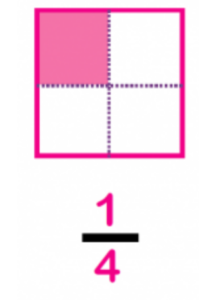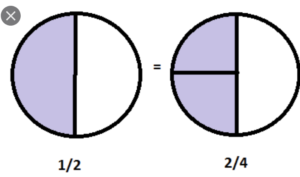Friendly February Ideas in English, Mandarin, Polish, Hindi & Portuguese
[dropshadowbox align=”none” effect=”lifted-both” width=”auto” height=”” background_color=”#ffffff” border_width=”1″ border_color=”#dddddd” ]Let’s spread kindness and connect with others by doing one daily mini challenge. A simple gesture can go a long way to connect with others![/dropshadowbox]
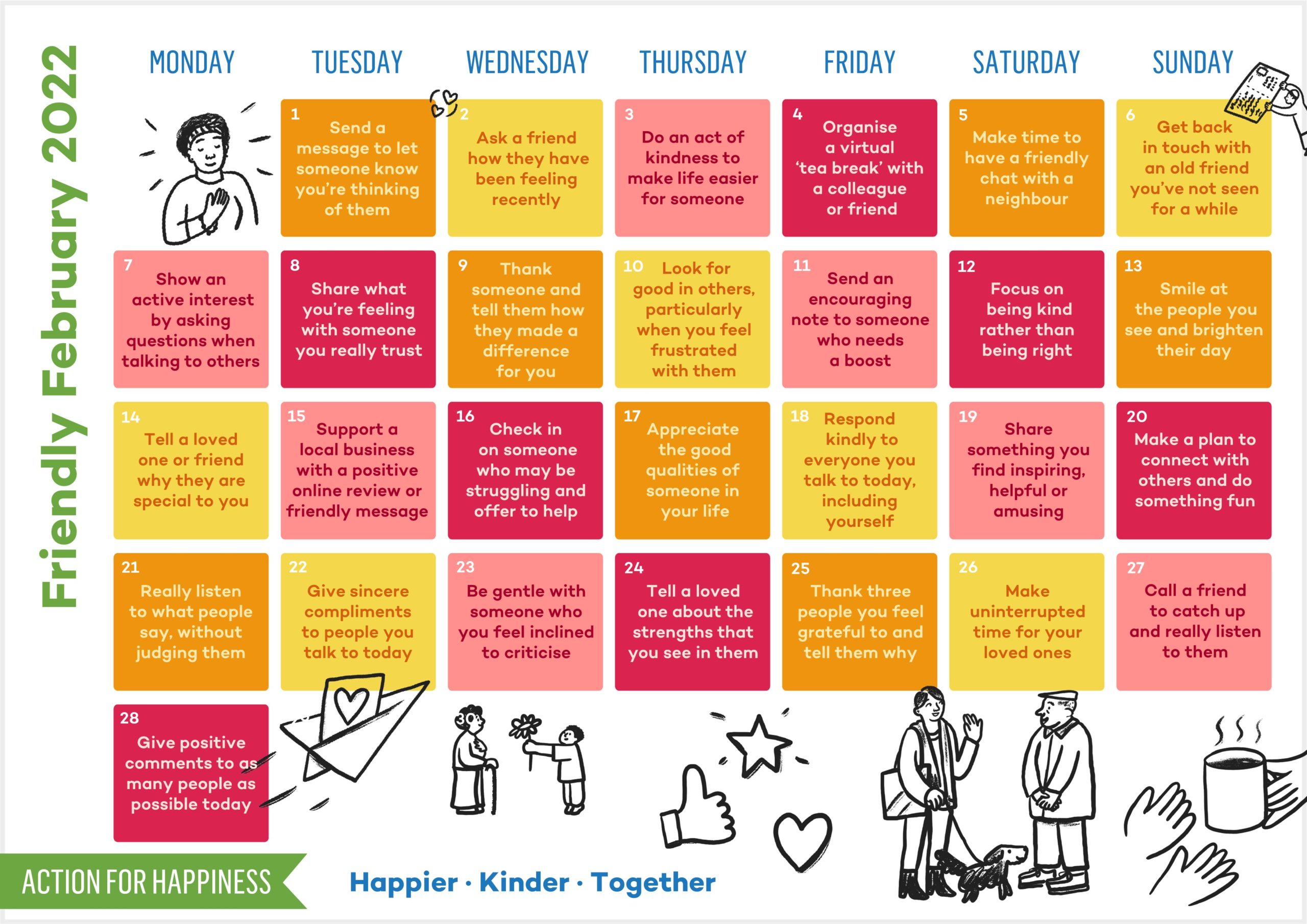
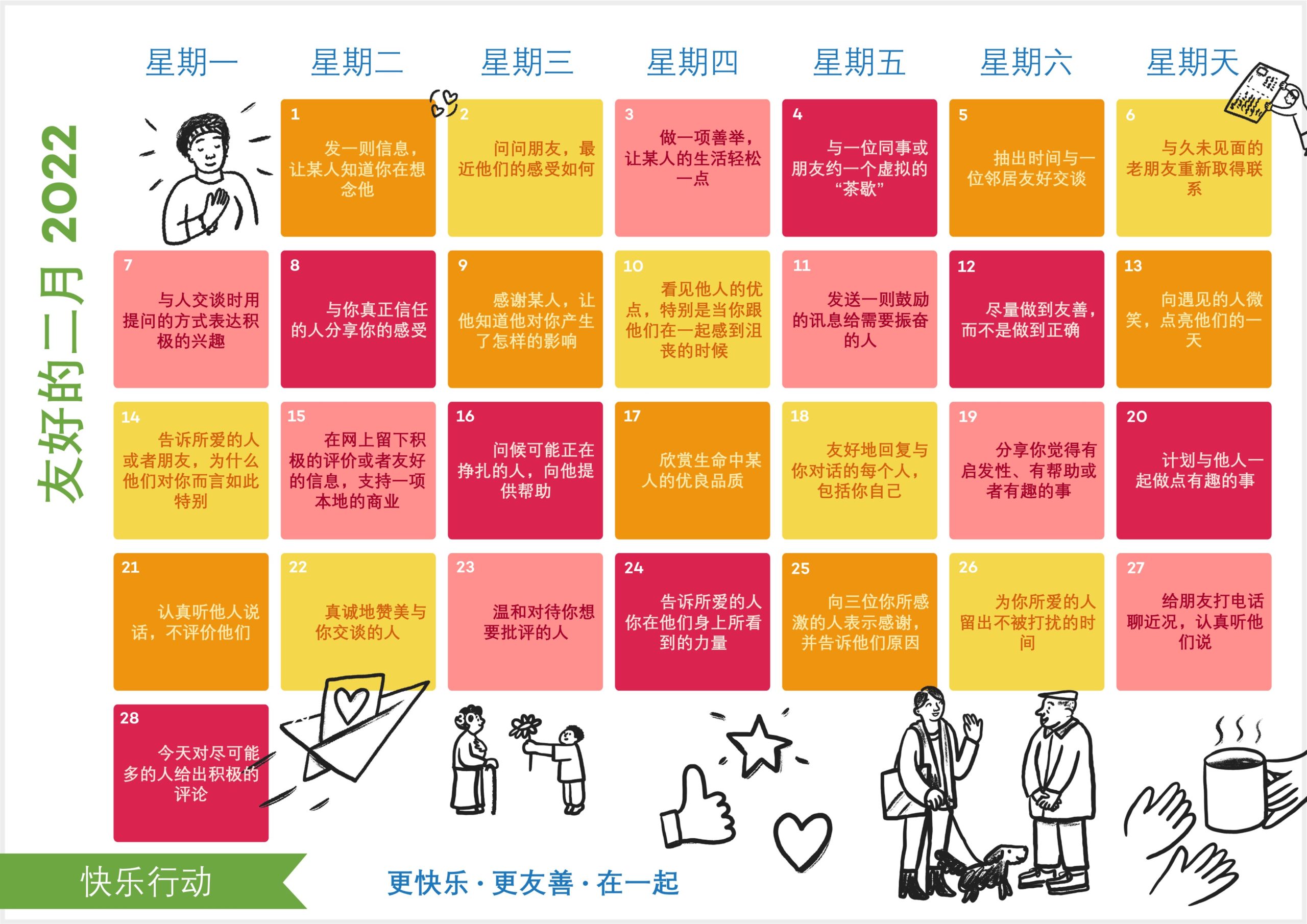
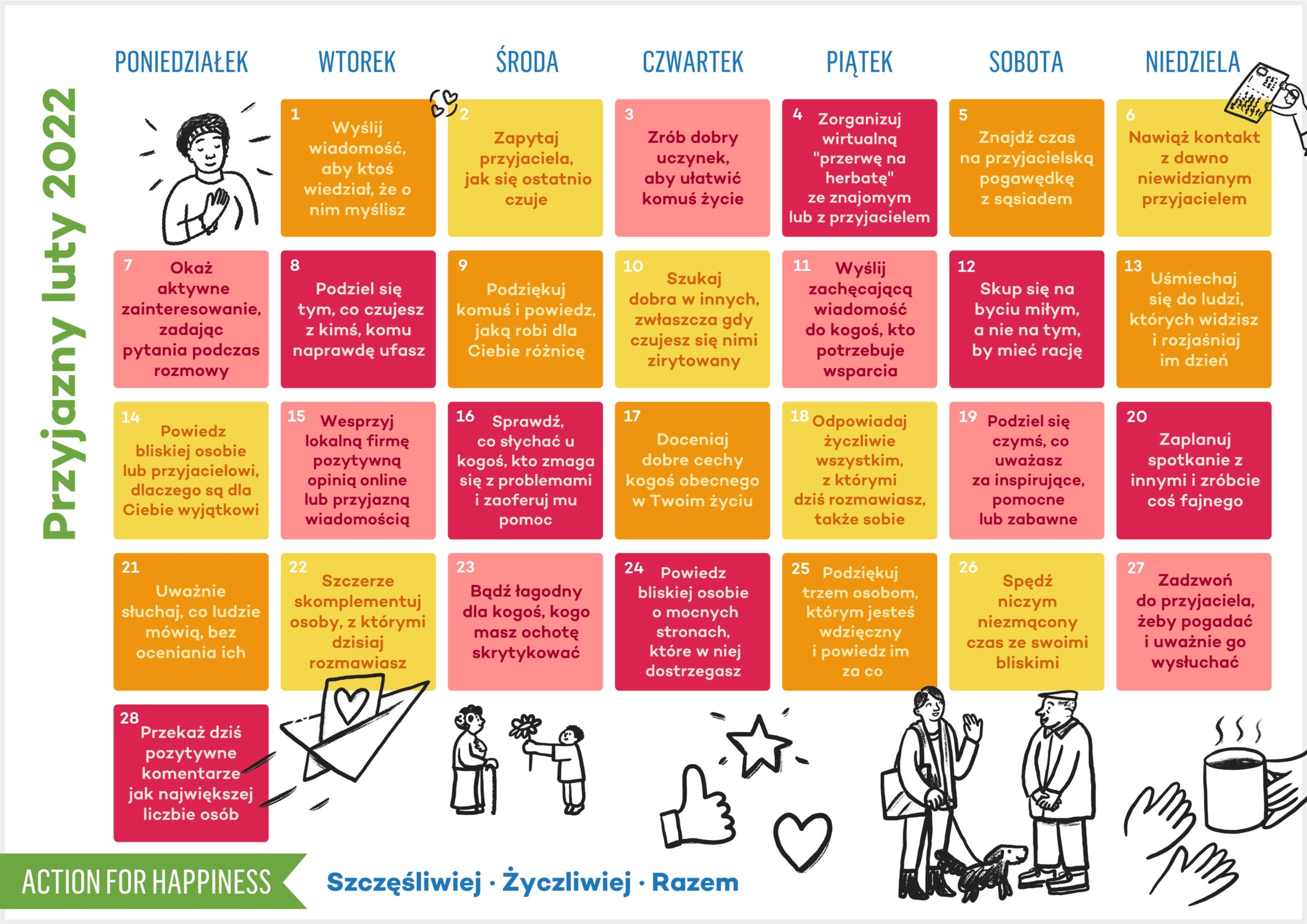
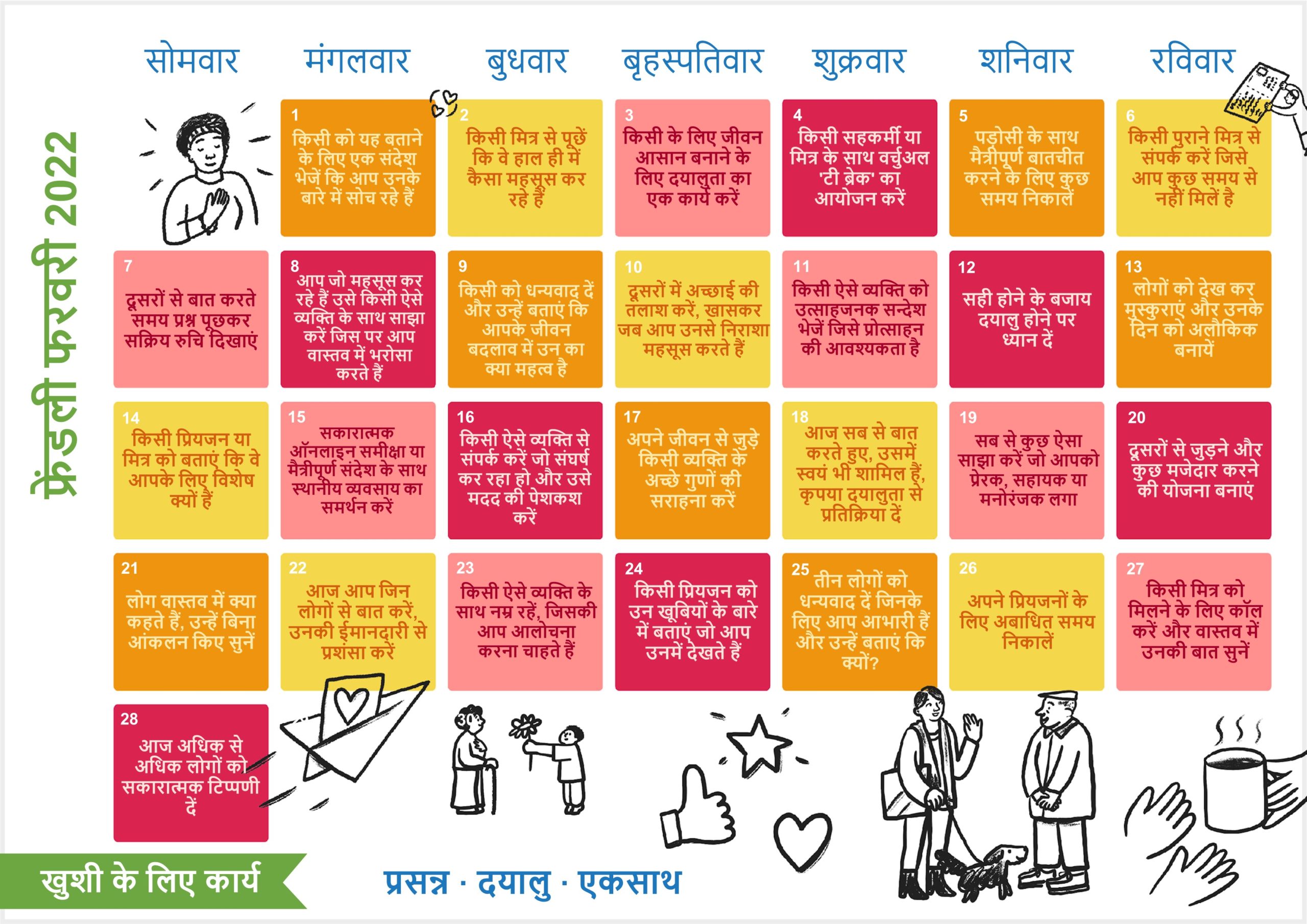
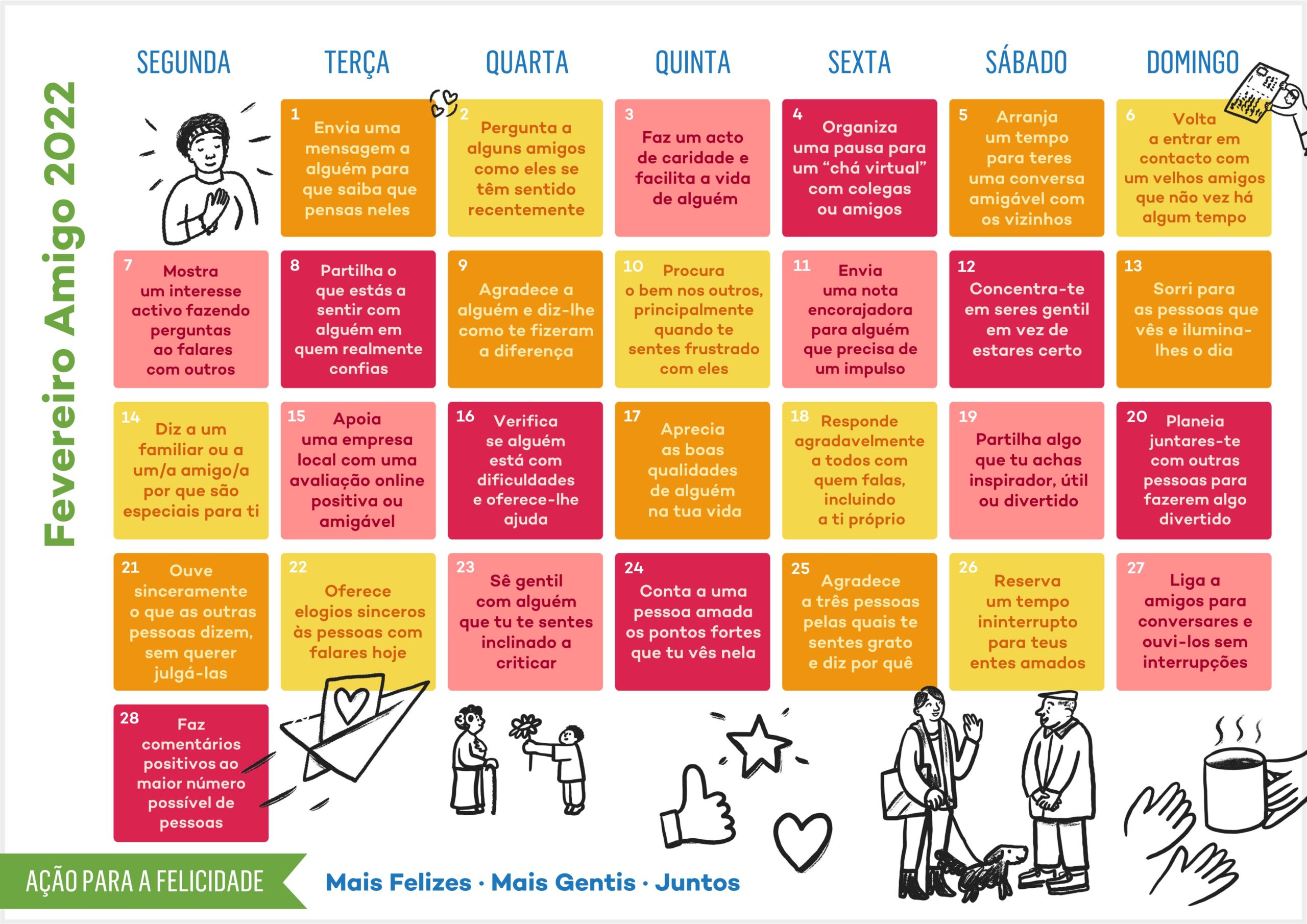
Week beginning 31st January 2022
[dropshadowbox align=”none” effect=”lifted-both” width=”auto” height=”” background_color=”#fcf695″ border_width=”20″ border_color=”#ed1a49″ ]THIS WEEK’S LEARNING
TOPIC: On the Move
LITERACY:
Focus Book: Maisy’s Chinese New Year by Lucy Cousin’s
Group Phonics: Check Google Classroom for Group Phonics homework
MATHS – Mastering Number:
- use ‘more than’ and ‘fewer than’ to describe quantities
- to know that it is quantity – not colour, size or type of object – that determines if 1 set has more or fewer items than another.
- use the words ‘an equal number’ to say when there is the same number of items in 2 sets
- say when they can see an equal number.
PSED: To talk about the strategies they can use to solve everyday problems/disagreements they may encounter with others
UW: To find out about the significance of the Chinese New Year to Chinese communities.
PE: Dance – To create a sequence of movements and perform with a partner
[/dropshadowbox]
Spring 1 Week 5 – 31st January 2022
Spring 1 – Week 5 – 31st January 2022
Our first Geography week of the calendar year – Good-bye January.

HAPPY CHINESE NEW YEAR.

Here are the objectives for the week ahead.
Please remember – PE days are Tuesday and Thursday.
[dropshadowbox align=”none” effect=”lifted-both” width=”auto” height=”” background_color=”#e2f3f9″ border_width=”1″ border_color=”#2715d0″ ]Mathematics[/dropshadowbox]
- To revise mental and formal calculation strategies. (4 operations)
- To revise mental and formal calculation strategies. (problem-solving)
- To multiply and divide numbers by 10, 100 and 1000.
- To multiply and divide numbers (incl. decimals) by 10, 100 and 1000.
- PIXL Assessment – Arithmetics
- PIXL Assessment – Reasoning
[dropshadowbox align=”none” effect=”lifted-both” width=”auto” height=”” background_color=”#e99bcc” border_width=”1″ border_color=”#221a6f” ]English[/dropshadowbox]
- To explore vocabulary.
- To engage in book talk.
- To sequence events.
- To empathise with a character.
- To write a diary entry.
[dropshadowbox align=”none” effect=”lifted-both” width=”auto” height=”” background_color=”#d34222″ border_width=”2″ border_color=”#25631c” ]Spanish[/dropshadowbox]
-
To name a range of pets in Spanish.
[dropshadowbox align=”none” effect=”lifted-both” width=”auto” height=”” background_color=”#b7e9fc” border_width=”1″ border_color=”#d56161″ ]Science[/dropshadowbox]
- To recognise that some mechanisms allow a smaller force to have a greater effect (Pulleys).
[dropshadowbox align=”none” effect=”lifted-both” width=”auto” height=”” background_color=”#f98888″ border_width=”2″ border_color=”#0c9d51″ ]RHE[/dropshadowbox]
-
To reflect on dreams and goals.
[dropshadowbox align=”none” effect=”lifted-both” width=”auto” height=”” background_color=”#d7a8e3″ border_width=”2″ border_color=”#803e3e” ]GEOGRAPHY[/dropshadowbox]
- To explain the cause and effects of plate-tectonics.
- To identify the impact of volcanoes on the physical and human world.
- To identify the impact of earthquakes and tsunamis on the physical and human world.
Enjoy your Sunday evening.
See you in the morning.
Your Year 5 Team.
Week Beginning 31st January 2022
This week our learning is as follows;
- In mathematics we will learn to use distributive war to help us carry out multiplication calculations and solve problems.
- In English we will continue our work based on the Great Kapok Tree by Lynne Cherry.
- In Science we will investigate how switches work in electrical circuits.
- In RHE we will create a garden of dreams.
- Our blocked foundation subject this week is RE. We will learn about Authority and Worship in the Islamic faith.
Southwark Class will do PE on Wednesday and Thursday. Millenium Class will do PE on Wednesday and Swimming on Tuesday.
Homework for the rest of the term will be for the children to learn to rapidly recall their multiplication facts in preparation for the Multiplication Tables Check in June. All children should use the Times Tables Rockstars Website.
On Tuesday it is Chinese New Year. There will be a special lunch and children may wear something red.
Week beginning 31st January
[dropshadowbox align=”none” effect=”lifted-both” width=”auto” height=”” background_color=”#edbaba” border_width=”1″ border_color=”#ba27d8″ ]Homework is set on Google Classroom[/dropshadowbox]
Howard-parents-guide-to-Google-Classroom-
[dropshadowbox align=”none” effect=”lifted-both” width=”auto” height=”” background_color=”#dbf6f8″ border_width=”10″ border_color=”#ef1ccd” ]
Chinese New Year

Children are invited to wear somethng red on Tuesday 1st February to celebrate Chinese New Year.
[/dropshadowbox]
[dropshadowbox align=”none” effect=”lifted-both” width=”auto” height=”” background_color=”#dbf6f4″ border_width=”10″ border_color=”#868878″ ]
Our learning this week…
English
At Howard Primary School we have adopted Read Write Inc Phonics.
RWI is a method of learning centred round letter sounds and phonics, and we use it to aid children in their reading and writing. Read Write Inc., developed by Ruth Miskin, provides a structured and systematic approach to teaching literacy. It is used by more than a quarter of the UK’s primary schools and is designed to create fluent readers, confident speakers and willing writers.
Using RWI, the children learn to read effortlessly so that they can put all their energy into comprehending what they read. It also allows them to spell effortlessly so that they can put all their energy into composing what they write.
When using RWI to read the children will:
- Learn 44 sounds and the corresponding letter/letter groups using simple picture prompts
- Learn to read words using Fred Talk
- Read lively stories featuring words they have learnt to sound out
- Show that they comprehend the stories by answering questions.
Five key principles underpin the teaching in all Read Write Inc. sessions:
Purpose – know the purpose of every activity and share it with the children, so they know the one thing they should be thinking about
Participation – ensure every child participates throughout the lesson. Partnership work is fundamental to learning
Praise – ensure children are praised for effort and learning, not ability
Pace – teach at an effective pace and devote every moment to teaching and learning
Passion – be passionate about teaching so children can be engaged emotionally.
https://home.oxfordowl.co.uk/reading/reading-schemes-oxford-levels/read-write-inc-phonics-guide/
Hold a sentence is an activity that encourages children to remember a whole sentence while focusing on spelling and punctuation.
Build a sentence is to give children the opportunity to create their own sentence to that shows the meaning of a word and edit a sentence allows the children to critique a sentence using their knowledge of spelling punctuation and grammar. Children complete a longer piece of independent writing, which gives them the opportunity to show off their creativity and to practice their spelling, grammar and punctuation.
https://www.youtube.com/watch?v=bXOJUPNVnLc
https://www.youtube.com/watch?v=kjHqJQ8sxs4
[/dropshadowbox]
[dropshadowbox align=”none” effect=”lifted-both” width=”auto” height=”” background_color=”#dbf5f4″ border_width=”10″ border_color=”#868478″ ]
Power of Reading
English
At Howard Primary School we have adopted The Power of Reading scheme for literacy. Our literacy work is based around a core text. The text we are working on is called Rapunzel by Bethan Woollvin.
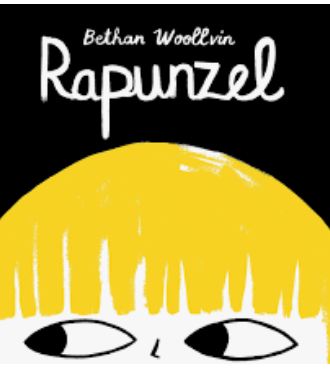
Other books by Bethan Woollvin include:
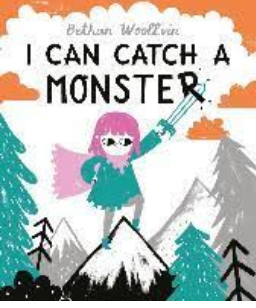
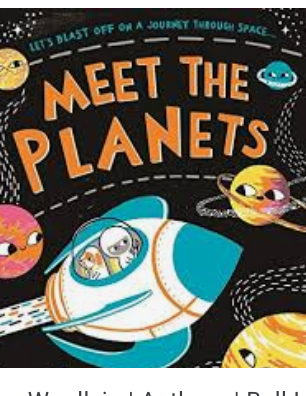
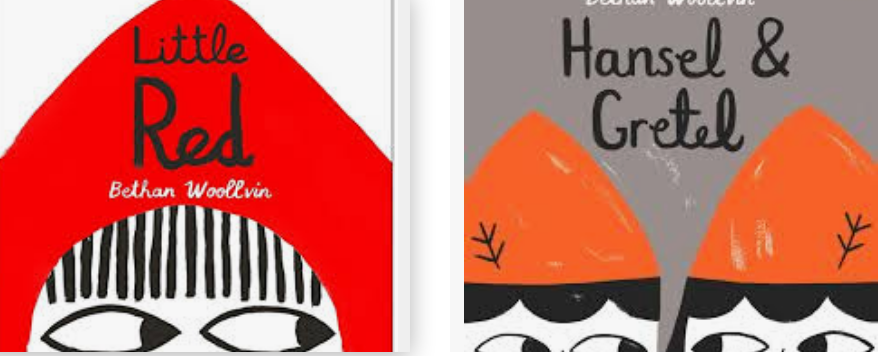
This week we will:
- Plan our own version of a fairy tale with an alternative ending
- Write our own version of a fairy tale with an alternative ending
Children should include features of Year 2 writing.
- write simple coherent narratives about personal experiences and those of others (real of fiction)
- write about real events, recording these simply and clearly
- demarcate most sentences in their writing with capital letters and full stops, and use question marks correctly when required
- use present and past tense correctly and consistently
- use co-ordination (e.g. or/ and/ but ) and some subordination (e.g. when/if/that/because) to join clauses
- segment spoken words into phonemes and represent these by graphemes, spelling many of the words correctly and making phonically-plausible attempts at others
- spell many common exception words
- form capital letters and digits of the correct size, orientation and relationship to one another and to lower-case letters
- use spacing between words that reflects the size of the letters
Children will work on showing the change in their character.
[/dropshadowbox]
[dropshadowbox align=”none” effect=”lifted-both” width=”auto” height=”” background_color=”#dbf6f4″ border_width=”10″ border_color=”#863878″ ]
Maths – Fractions
- To understand unit fractions
- To understand non-unit fractions
- To understand equivalence of ½ and 2/4
- To find 3 quarters of an amount
– To understand unit fractions
A unit fraction is a fraction where the numerator (top number) is 1 and the denominator (bottom number) is a while number. The fractions below are unit fraction because the numerator is 1 and the denominator is a whole number.
– To understand non unit fractions
A non–unit fraction is a fraction where the numerator (the number on the top half of the fraction) is greater than 1.

These are examples of non-unit fractions because the numerator is greater than 1.
– To understand equivalence of ½ and 2/4
When two fractions are equivalent, this means they are the same in terms of shape and size, but are expressed using different numbers.
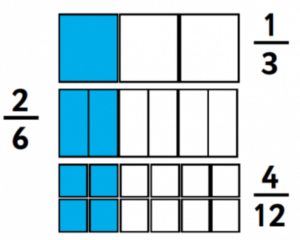
We will explore the relationship between 1/2 and 2/4. They are the same size but expressed in a different way.
-To find ¾s of an amount
This is a non unit fraction because the numerator is greater than 1.
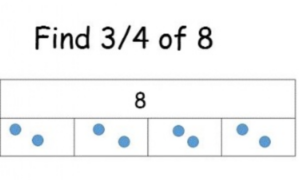

[/dropshadowbox]
[dropshadowbox align=”none” effect=”lifted-both” width=”auto” height=”” background_color=”#dbf6f4″ border_width=”10″ border_color=”#608638″ ]
Science
Our topic this term is living things and their habitat.
We will continue to study animal adaptation.
[/dropshadowbox]
[dropshadowbox align=”none” effect=”lifted-both” width=”auto” height=”” background_color=”#dbf6f4″ border_width=”10″ border_color=”#ef1dcd” ]
PE
Please remember to send your child to school in their PE kit on their PE days.
Westminster – Monday & Thursday
Hungerford – Monday & Thursday
[/dropshadowbox]
[dropshadowbox align=”none” effect=”lifted-both” width=”auto” height=”” background_color=”#dbf6f4″ border_width=”10″ border_color=”#ef1dcd” ]
RE
We will focus on Judaism.
https://www.bbc.co.uk/bitesize/clips/zd9jxnb
[/dropshadowbox]
[dropshadowbox align=”none” effect=”lifted-both” width=”auto” height=”” background_color=”#dbf6f4″ border_width=”10″ border_color=”#ef1dcd” ]
Computing – introduction to animation
This unit introduces The children to on-screen programming through ScratchJr. The children will explore the way a project looks by investigating sprites and backgrounds. They will use programming blocks to use, modify, and create programs. The children will also be introduced to the early stages of program design through the introduction of algorithms.
- Compare tools
- Join blocks
- Make changes
- Add sprites
- Design a project and follow their design
[/dropshadowbox]
[dropshadowbox align=”none” effect=”lifted-both” width=”auto” height=”” background_color=”#dbf6f4″ border_width=”10″ border_color=”#3f9c33″ ]
RHE – Relationship and Health Education
Jigsaw has two aims for all children:
- To build their capacity for learning
- To equip them for life
Jigsaw brings together PSHE Education, emotional literacy, mindfulness, social skills and spiritual development. The topic this term is ‘Dreams and Goals.’

[/dropshadowbox]
[dropshadowbox align=”none” effect=”lifted-both” width=”auto” height=”” background_color=”#dbf6f4″ border_width=”10″ border_color=”#e21320″ ]
Reading
When reading with your child at home ask them questions related to their book.
Questions to ask before you read
- Can you look at the pictures and predict what you think will happen in this book?
- What makes you think that?
- What characters do you think might be in our story?
- Do you think there will be a problem in this story? Why or why not?
- Does the topic/story relate to you or your family? How?
Questions to ask during the reading
- What do you think will happen next?
- What can you tell me about the story so far?
- Can you predict how the story will end?
- Why do you think the character did _______?
- What would you have done if you were the character?
- How would you have felt if you were the character? (use different characters)
- As I read____________, it made me picture________ in my head. What pictures do you see in your head?
- As you read, what are you wondering about?
- Can you put what you’ve just read in your own words?
Questions to ask after reading
- Can you remember the title?
- In your opinion, was it a good title for this book? Why or why not?
- Were your predictions about the story correct?
- If there was a problem, did it get solved?
- What happened because of the problem?
- Why do you think the author wrote this book?
- What is the most important point the author is trying to make in his writing?
- What was your favourite part of the story?
- If you could change one thing in the story, what would it be?
- Can you retell the story in order?
- If you were __________, how would you have felt?
- What is the most interesting situation in the story?
- Is there a character in the story like you? How are you alike?
Why did you like this book?
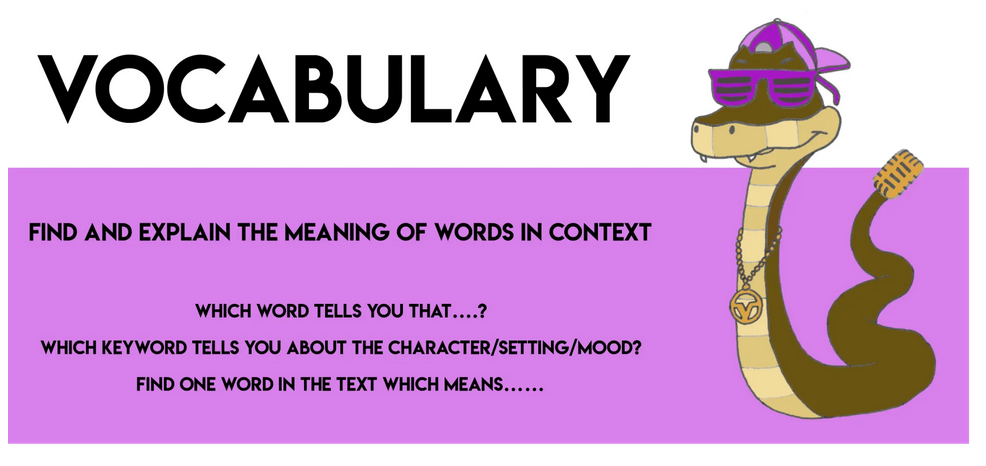
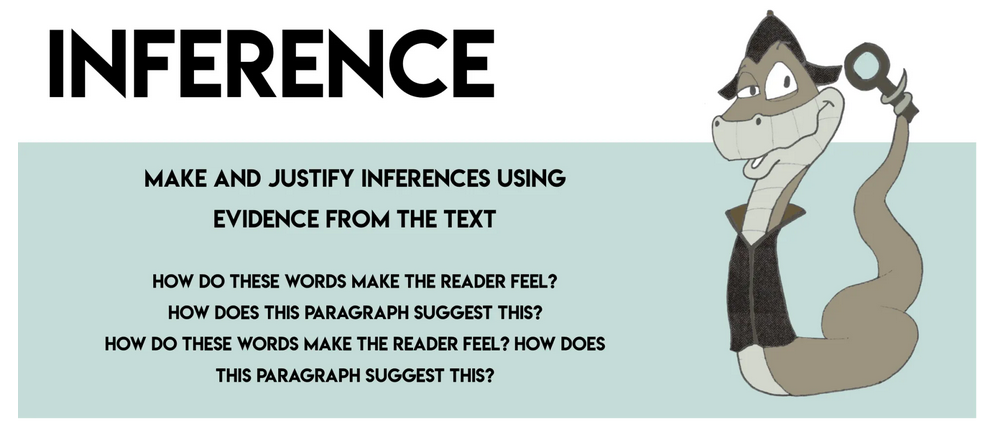
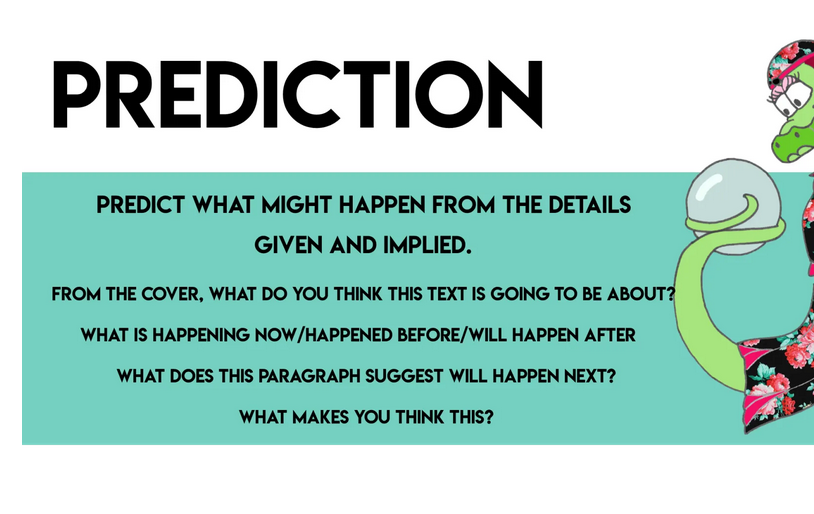
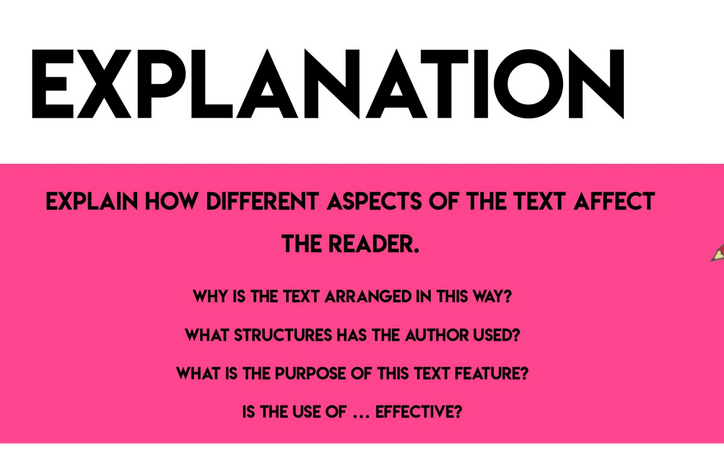
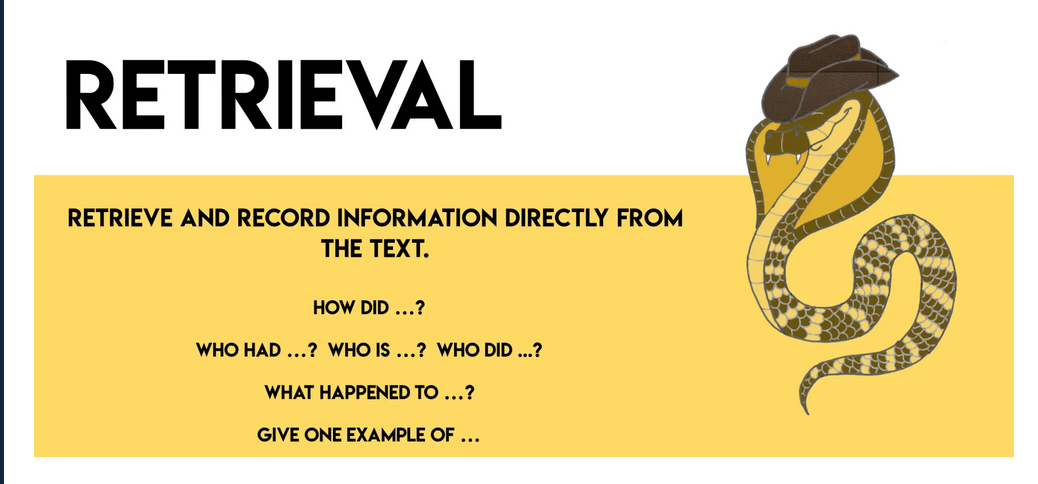
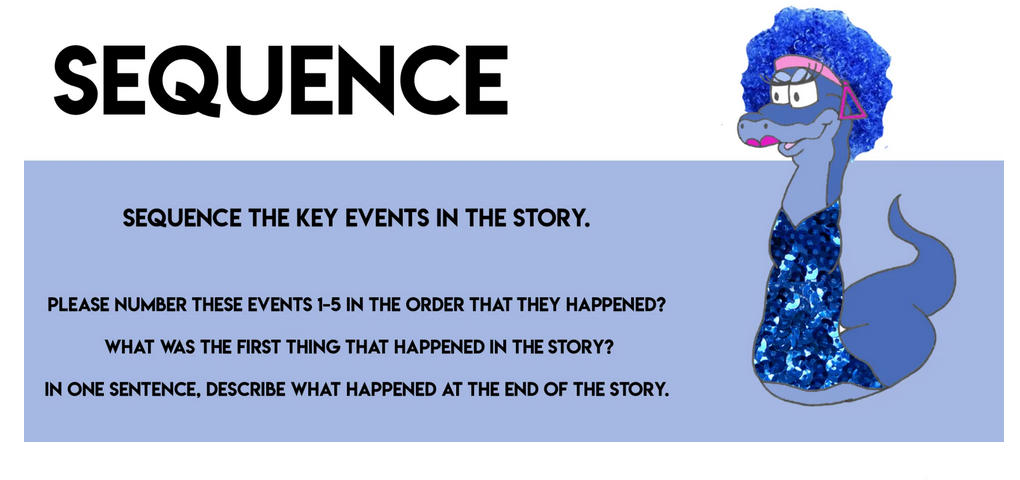
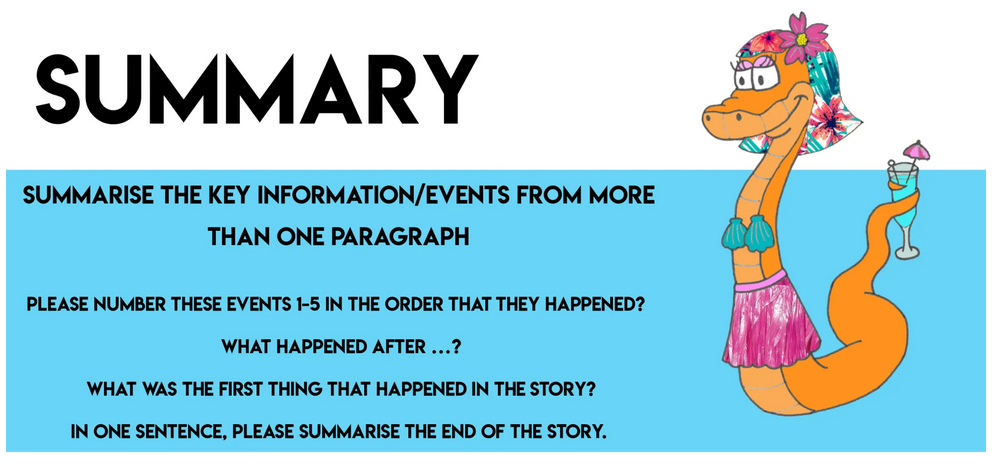
[/dropshadowbox]
[dropshadowbox align=”none” effect=”lifted-both” width=”auto” height=”” background_color=”#dbf6f4″ border_width=”10″ border_color=”#863878″ ]
Mathletics
A big well done to all the children completing their Mathletics. We are so proud. Please continue to complete your activities on Mathletics.
[/dropshadowbox]
[dropshadowbox align=”none” effect=”lifted-both” width=”auto” height=”” background_color=”#dbf6f4″ border_width=”10″ border_color=”#868878″ ]
Star of the week

Hungerford
Umaira – for being a great friend to her peers.
Milena – for always tring her best to present her work in a neat manner. She is also able to work well in a team.
Westminster
Lily-Rose – for participating during our discussions about habitats and developing a positive attitude towards her learning.
Subhikshashree – for growing in confidence and having a can do attutiude towards her learning.
Joni – for participating during our discussions during RE and using the correct vocabularly whilst learning about Judaism.
Freddie – for using mathamtical vocabulary confidently whilst completing reasoning and problem solving activities.
[/dropshadowbox]
The 5-4-3-2-1 Method: A Grounding Exercise to Manage Anxiety
http://https://www.youtube.com/watch?v=30VMIEmA114
Have a look at the video to discover a simple exercise , no equipment needed, which can help you manage a surge of anxiety.
Week commencing 31st January
Another busy week of learning completed. The children have been impressing us every day!
Here’s what we will be learning next week:
English- Our grammatical focus this week is punctuating direct speech. Our new text is Mouse, Bird, Snake, Wolf by David Almond. and this week we will be continuing our persuasive writing about the best creations in the world and editing our final drafts.
Our class read is Varjak Paw by SF Said.
We will be beginning to send home reading books on Monday, Wednesday and Friday for those children who have not already chosen them. Reading diaries should be brought to school each day.
Maths- We are continuing to work on multiplication this week. We will be thinking about the idea that the 3 and 6 times table are related as 6 is double 3 and 3 is half of six, we are then moving on to counting in multiples of 9, looking for adjacent multiples and how we can solve problems and finally, that 9 is triple 3 and that the 3, 6 and 9 times tables share factors.
If your child would like to practise their learning at home, there are lots of free games which they can use, including Daily 10 from Topmarks or Hit the Button
https://www.topmarks.co.uk/maths-games/daily10
https://www.topmarks.co.uk/maths-games/hit-the-button
PE- We will be beginning to work on gymnastic and static balance and also incorporating some dance lessons over the course of this half term.
Art- We will be experimenting with tints and shades, designing and making a construction. Please provide your child with an old shirt to wear if possible to protect their uniform when painting.
Science- We will be continuing our topic of light, looking for patterns in the way that the size of shadows changes.
Homework- We will post homework on Google Classroom each week. We have added tasks to Mathletics. Additionally, the children will have access to Language Angels to practise their new vocabulary in Spanish. We hope to give your child access to TTRockstars also this week, a fun way to practise times tables.
PE will take place on Monday and Friday for Blackfriars class and Tuesday and Friday for Waterloo class. Children should come to school in their school PE kits on those days.
RHE- We are beginning a new topic about dreams and goals and thinking about the challenges people face and how they can overcome them.
Please ensure your child has a water bottle in school each day.
Lastly, if you have any questions or concerns, please speak to a member of staff or email us at the address below;
Year3@howard.croydon.sch.uk
Year 3 Team
We have now got access to Google Classroom again and are starting to upload homework tasks. Children’s logins have not changed but there is a new class code.
Waterloo: 2tu6ksx
Blackfriars: tdsv7fo
If you have any problems logging in, please let us know.
Week beginning 24th January 2022.
[dropshadowbox align=”none” effect=”lifted-both” width=”auto” height=”” background_color=”#ffffff” border_width=”20″ border_color=”#fadddd” ]
Dear Parents and Carers!
Welcome to Spring 1st Term week 4.
School starts at 8.55 am and finishes at 3:05 pm.
Your child’s Mathletics and Google classroom passwords are attached at the back of your child’s yellow reading record book.
We are continuing to learn with lots of adult-led carpet sessions in the classroom and free-flow & choice activities indoors and outdoors.
Thank you for supporting your child’s homework. Please return it by Wednesday 19th January.
If you have any relevant questions, please contact us via the Year-Group-Email: year1@howard.croydon.sch.uk or the comment feature in Google Classroom. We will aim to respond as quickly as possible.
Our learning for this week………
Reading:
Thank you for reading with your child. We will change the books on Friday. Please return your child’s reading book back with your comments on your child’s yellow reading records books. Reading books will not be changed without your comments.
Phonics:
In our phonic groups, we are revising all the sounds that we have learned so far.
Mrs Hunjan’s Group
Miss Robinson’s Group
Mrs Jeevahan’s Group
Miss. Parkinson’s Group
Miss Allcorn’s Group
Maths:
We will revise representing numbers using different resources, greater than, smaller than.
Then introduce odd and even numbers.
Science:
We will be naming and describing the structure of mammals and birds.
http://www.brainpopjr.com/science/animals/classifyinganimals/
Geography
This week we will be comparing Croydon with a coastal area-Brighton and a mountain area- Northern Mountains.
We will identify some human features and natural features in these two areas. Then make their own imaginary map of there two areas.
PE:
We have PE on Mondays and Wednesdays. Please send your children with their PE kits to school on these days.
Sports and P.E. Kit (Boys and Girls):
Blue school T-shirt with logo
Shorts black or navy
Black plimsolls. Trainers can be worn for outdoor sports.
RHE – Relationship and Health Education
Jigsaw has two aims for all children:
- To build their capacity for learning
- To equip them for life
Jigsaw brings together PSHE Education, emotional literacy, mindfulness, social skills and spiritual development. The topic this term is ‘Dreams and Goals.’ Week 3 lesson. This week children will learn to understand, how to work well with a partner and celebrate achievement with them.
I can understand how to work well with a partner and celebrate achievement with them.

[/dropshadowbox]
Week beginning 24th January 2022
[dropshadowbox align=”none” effect=”lifted-both” width=”auto” height=”” background_color=”#cefdcc” border_width=”20″ border_color=”#1856d0″ ]THIS WEEK’S LEARNING
TOPIC: On the Move
LITERACY:
Focus Book: You can’t take an elephant on the bus by Patricia Cleveland-Peck
Group Phonics: Check Google Classroom for Group Phonics homework
MATHS – Mastering Number:
- use their fingers to represent 6 as ‘5 and a bit’
- use double dice frames to represent 6 as 5 and 1 more
- match die representations of numbers 1–6 to representations on their fingers
- see that 5 and ‘2 more’ make 7.
PSED: To talk about how they feel when they achieve a goal and know what it means to feel proud
EAD: To develop skills for observational drawings by noticing key features of objects and adding details to their drawings
PE: Dance – To follow simple movements and to notice and talk about what they do well and feel proud of
[/dropshadowbox]
Spring 1 Week 4 – 24th January 2022
Spring 1 – Week 4 – 24th January 2022
Welcome to our first ICT week this term.

Here are the objectives for the week ahead.
Please remember – PE days are Tuesday and Thursday.
[dropshadowbox align=”none” effect=”lifted-both” width=”auto” height=”” background_color=”#e2f3f9″ border_width=”1″ border_color=”#2715d0″ ]Mathematics[/dropshadowbox]
- To find the area of (complex) rectilinear shapes.
- To understand and describe a longer length as multiplicative to a shorter length (e.g. a is 4-times the length of b).
- To use multiplication to calculate a length that is a multiple of a shorter length.
- To understand, describe and calculate a shorter length as a part of a larger length (e.g. a is a fourth of length of b).
- To use division to calculate a length that is a part of a larger length.
[dropshadowbox align=”none” effect=”lifted-both” width=”auto” height=”” background_color=”#e99bcc” border_width=”1″ border_color=”#221a6f” ]English[/dropshadowbox]
- To engage in book talk.
- To write a setting description.
- To develop understanding of homophones.
- To compare poetry and prose.
[dropshadowbox align=”none” effect=”lifted-both” width=”auto” height=”” background_color=”#d34222″ border_width=”2″ border_color=”#25631c” ]Spanish[/dropshadowbox]
-
To secure my previous Spanish learning and begin talking about my family.
[dropshadowbox align=”none” effect=”lifted-both” width=”auto” height=”” background_color=”#b7e9fc” border_width=”1″ border_color=”#d56161″ ]Science[/dropshadowbox]
- To recognise that some mechanisms allow a smaller force to have a greater effect (Levers).
[dropshadowbox align=”none” effect=”lifted-both” width=”auto” height=”” background_color=”#f98888″ border_width=”2″ border_color=”#0c9d51″ ]RHE[/dropshadowbox]
-
To identify a job I would like to do when I grow up and understand what motivates me and what I need to do to achieve it.
[dropshadowbox align=”none” effect=”lifted-both” width=”auto” height=”” background_color=”#d7a8e3″ border_width=”2″ border_color=”#803e3e” ]ICT[/dropshadowbox]
- To understand and use semaphores.
- To understand and use the system of the Morse-Code.
- To understand and use ciphers.
- To understand how networks and the internet works – using passwords.
- To create and use my own code when sending and receiving messages safely (assessment).
This week, we will also start with our PIXL assessments for the term.
Enjoy your Sunday evening.
See you tomorrow.
Your Year 5 Team.


